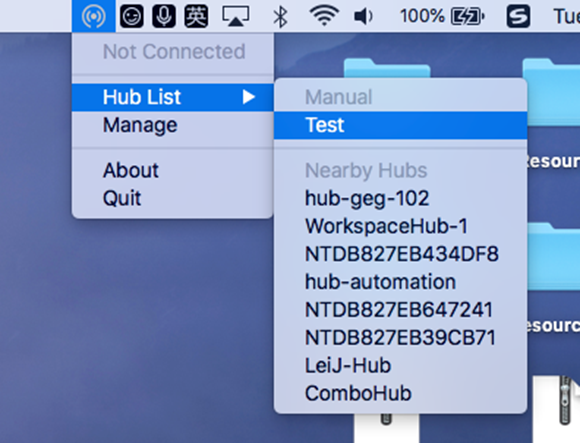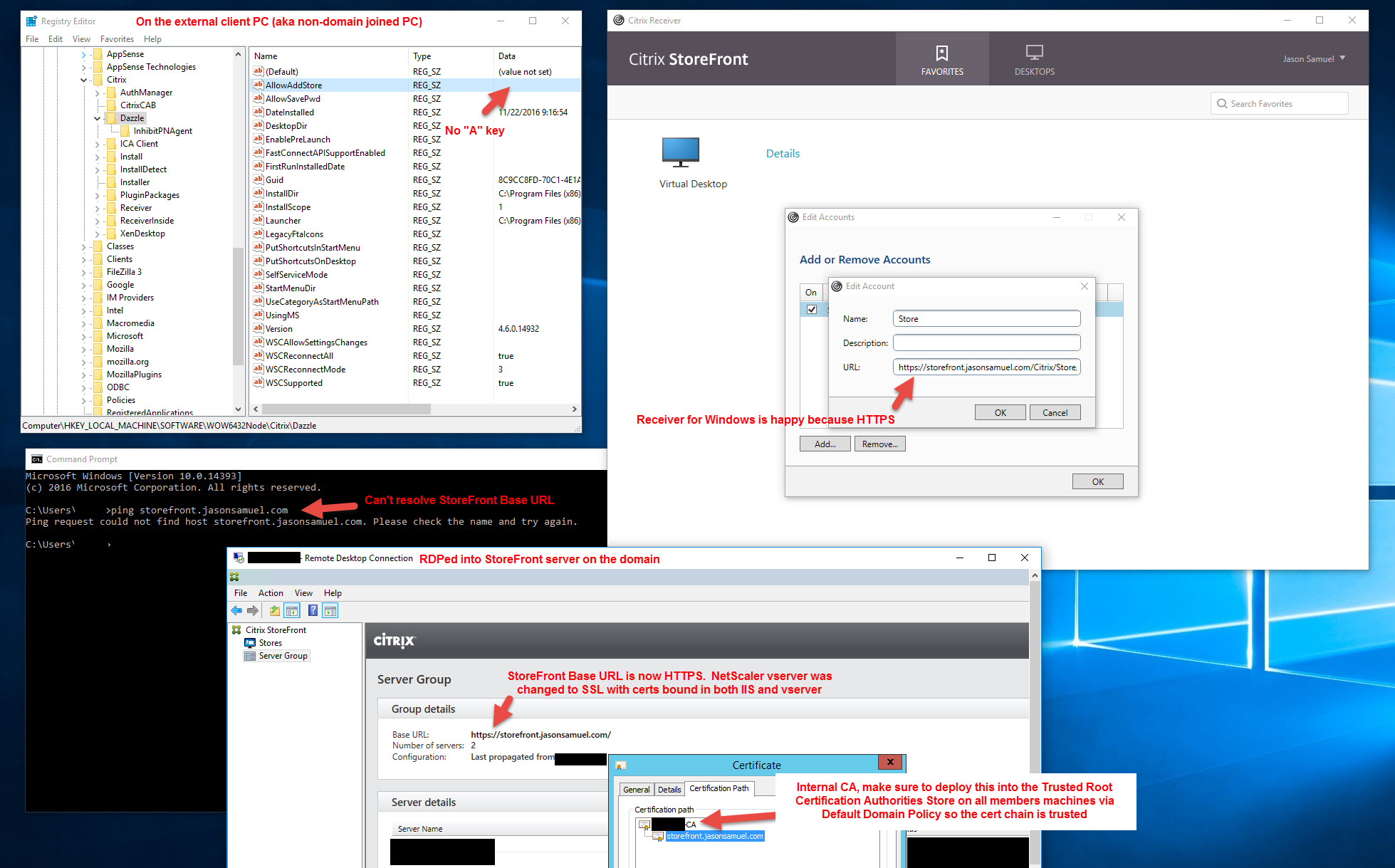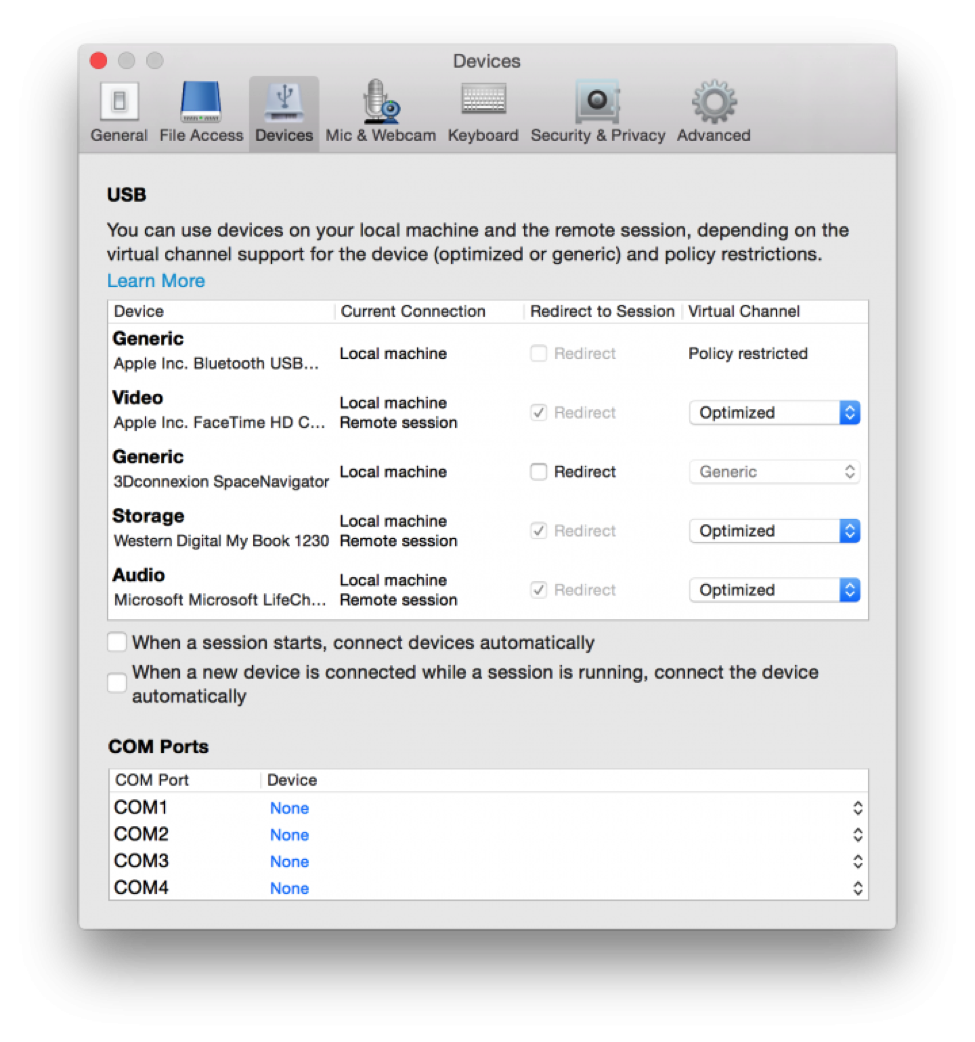

- #HOW TO UNINSTALL CITRIX RECEIVER MAC OS X FOR MAC OS X#
- #HOW TO UNINSTALL CITRIX RECEIVER MAC OS X INSTALL#
- #HOW TO UNINSTALL CITRIX RECEIVER MAC OS X UPDATE#
- #HOW TO UNINSTALL CITRIX RECEIVER MAC OS X UPGRADE#
With the Citrix Receiver client successfully installed, you should see the Citrix StoreFront logon prompt.
#HOW TO UNINSTALL CITRIX RECEIVER MAC OS X INSTALL#
When prompted, click Install Citrix Receiver. Click the folder and then select the CitrixReceiverWeb.dmg file. dmg file appears in the Mac Downloads folder. Depending on your browser settings, the file may download without showing you this dialog box.
#HOW TO UNINSTALL CITRIX RECEIVER MAC OS X FOR MAC OS X#
For more information, see this article on the Citrix downloads page: NetScaler Gateway Plug-in v3.1.4 for Mac OS X (El Capitan Support).
#HOW TO UNINSTALL CITRIX RECEIVER MAC OS X UPGRADE#


Network drives: Any network drives (other than your H: drive) that you get when you log into Windows when you're on campus will show up in Virtual Desktop sessions. The Citrix Workspace App also recreates any other manually-created network drive mappings that are connected on your client computer when you log in.Īudio: Sound from the remote application will play on your local computer.

For example, if you have a document saved on the hard drive of your computer, which is called "Laptop", you can open it in a Virtual Desktop application by clicking File | Open and browsing to "Local Disk (C: on Laptop)". Local drives: These include hard disk drives, thumb drives and most USB devices that are physically attached to your local computer. They typically appear in the remote session as "Local Disk (C: on is the name of your local computer.
#HOW TO UNINSTALL CITRIX RECEIVER MAC OS X UPDATE#
Since Mac OS users can update there OS version to 10.12 (sierra), there are problems with the Citrix Receiver. When opening or saving a document in a Virtual Desktop application, your documents, desktop and other Windows profile folders are stored in your Home Drive or your H: drive. Citrix Receiver for Mac determines the NetScaler Gateway or StoreFront server associated with the email address and then prompts the user to log on. Your Home Drive (H:): The H: drive that is mapped when you log into any computer on campus will be accessible from Virtual Desktop. Among the local resources you will have access to in the remote session are: When you are using a Virtual Desktop application Citrix Workspace is designed to be as similar as possible to using that application when installed on your local computer.


 0 kommentar(er)
0 kommentar(er)
